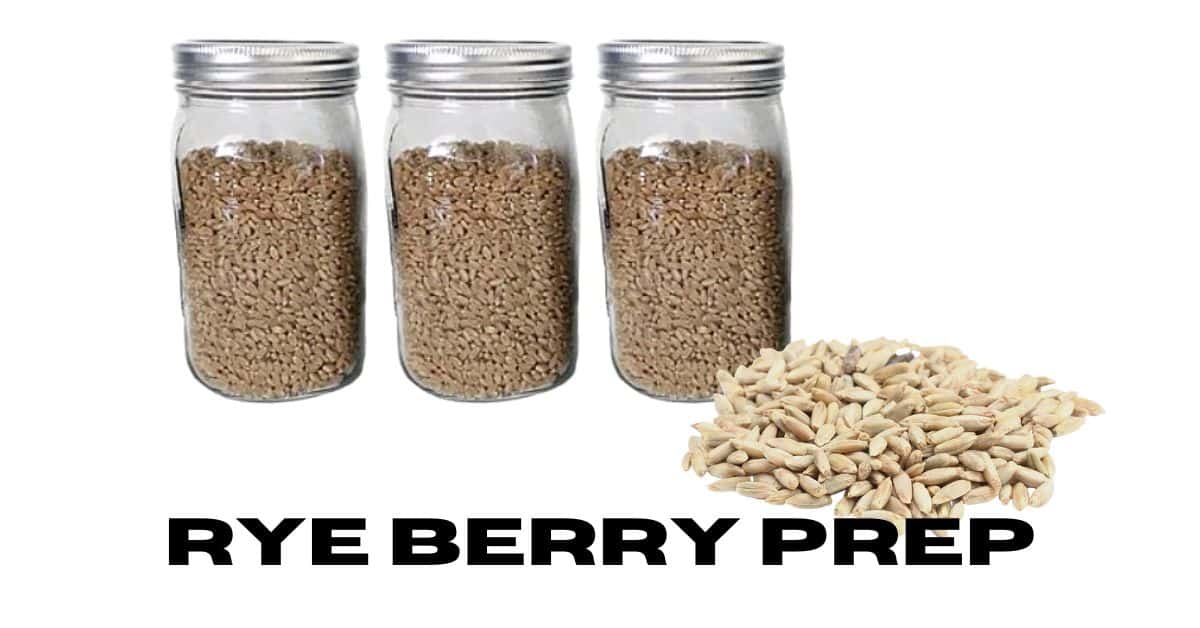Ideal Growing Conditions for Psychedelic Mushroom Species
Introduction
Psychedelic mushrooms, also known as magic mushrooms or shrooms, have fascinated humans for centuries. These fungi contain psychoactive compounds like psilocybin and psilocin, which can induce altered states of consciousness, vivid visions, and profound insights. If you’re interested in cultivating these mind-expanding mushrooms at home, understanding their ideal growing conditions is essential.
In this comprehensive guide, we’ll explore the growing conditions for several popular psychedelic mushroom species. From the mystical Psilocybe cubensis to the coastal Psilocybe azurescens, each species has its unique requirements. Let’s dive into the magical world of mushroom cultivation!
1. Psilocybe cubensis (Magic Mushrooms)
Summary: Psilocybe cubensis, commonly known as magic mushrooms, is one of the most widely cultivated psychedelic species. Its golden-brown caps and potent effects make it a favorite among enthusiasts.
Ideal Growing Conditions:
- Habitat: Native to tropical and subtropical regions, often found on cow dung or decaying organic matter.
- Substrate: Use pasteurized straw supplemented with vermiculite or brown rice flour.
- Temperature: Colonize at 75-80°F (24-27°C).
- Humidity: Maintain high humidity (around 90%) during fruiting.
- Light: Indirect light is crucial.
- Fruiting Conditions: Fresh air exchange and misting.
2. Psilocybe natalensis (Liberty Cap)
Summary: The Liberty Cap, Psilocybe natalensis, is a small, bell-shaped mushroom found in grassy fields. Its potency and distinctive appearance make it sought after by psychonauts.
Ideal Growing Conditions:
- Habitat: Native to South Africa, often grows in grassy areas.
- Substrate: Similar to P. cubensis, use pasteurized straw or other organic substrates.
- Temperature: Colonize at 75-80°F (24-27°C).
- Humidity: High humidity during fruiting.
- Light: Indirect light is necessary.
- Fruiting Conditions: Fresh air exchange and misting.
3. Psilocybe tampensis (Florida Psilocybe)
Summary: Psilocybe tampensis, native to Florida, thrives in sandy soils. Its unique appearance and moderate potency attract cultivators.
Ideal Growing Conditions:
- Habitat: Found in Florida, USA, often in sandy areas.
- Substrate: Mix coir, vermiculite, and brown rice flour.
- Temperature: Colonize at 75-80°F (24-27°C).
- Humidity: High humidity during fruiting.
- Light: Indirect light is essential.
- Fruiting Conditions: Fresh air exchange and misting.
4. Psilocybe azurescens (Flying Saucers)
Summary: Psilocybe azurescens, native to the Pacific Northwest, is renowned for its potency and large fruiting bodies.
Ideal Growing Conditions:
- Habitat: Coastal dune grass and wood chips.
- Substrate: Hardwood chips, sawdust, and straw.
- Temperature: Cooler temperatures (65-70°F or 18-21°C) during colonization.
- Humidity: High humidity during fruiting.
- Light: Indirect light is necessary.
- Fruiting Conditions: Fresh air exchange and misting.
5. Psilocybe allenii (Conifer Psilocybe)
Summary: Psilocybe allenii, found in coniferous forests, produces beautiful caramel-colored mushrooms.
Ideal Growing Conditions:
- Habitat: Coniferous forests near fallen logs.
- Substrate: Mix hardwood chips, sawdust, and straw.
- Temperature: Colonize at cooler temperatures (60-70°F or 15-21°C).
- Humidity: High humidity during fruiting.
- Light: Indirect light is essential.
- Fruiting Conditions: Fresh air exchange and misting.
6
Panaeolus cyanescens, commonly known as Blue Meanies, is a fascinating coprophilous (dung-inhabiting) mushroom species. It thrives in tropical and neotropical regions across both hemispheres1. Let’s explore its ideal growing conditions:
6. Panaeolus cyanescens (Blue Meanies)
Habitat:
- Natural Environment: P. cyanescens is often found growing on dung, especially from herbivorous animals.
- Geographical Range: It occurs in tropical and neotropical areas worldwide.
Substrate:
- Dung-Based Substrate: Use pasteurized dung (cow, horse, or other herbivore dung) as the primary substrate.
- Supplement: Mix the dung with other organic materials like straw or coir to enhance nutrient availability.
Temperature:
- Colonization: Maintain temperatures around 75-80°F (24-27°C) during the colonization phase.
- Fruiting: Slightly cooler temperatures are suitable for fruiting.
Humidity:
- High Humidity: P. cyanescens requires high humidity levels during fruiting.
- Misting: Regular misting helps maintain moisture.
Fresh Air Exchange:
- Vital: Blue Meanies thrive on massive amounts of fresh, moving air.
Remember, successful mushroom cultivation requires patience, sterile techniques, and a touch of magic. Happy growing! ????????
Disclaimer: Cultivating psychedelic mushrooms may be illegal in some regions. Always check local laws and regulations before embarking on any cultivation journey.


